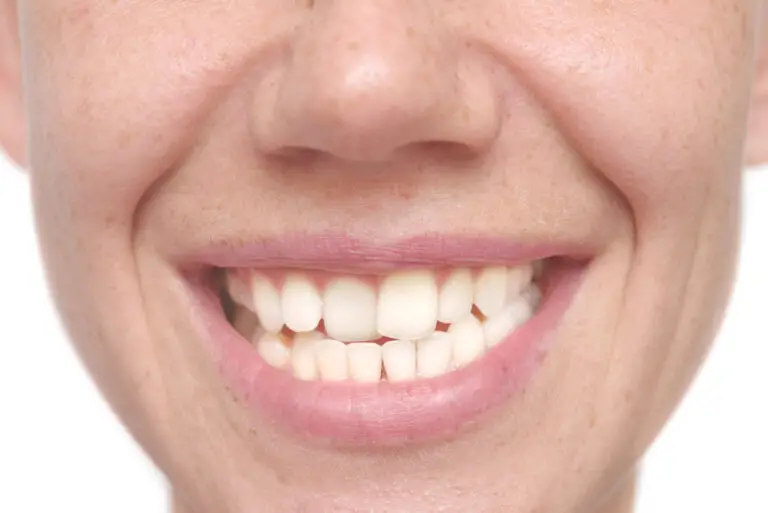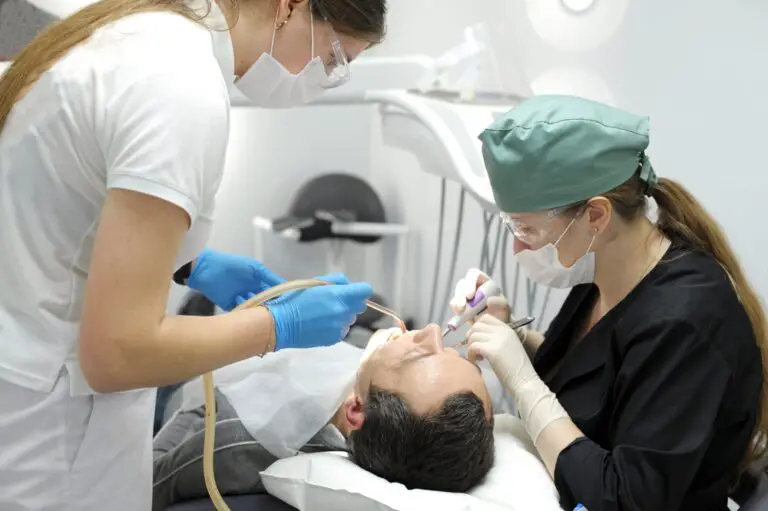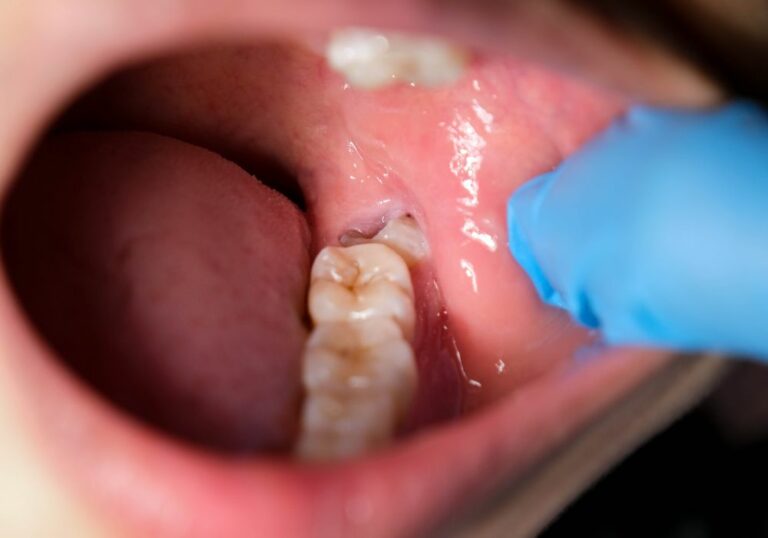A toothache can range from a mild dull ache to an unbearably agonizing throbbing pain that disrupts sleep and interferes with eating. When over-the-counter medications offer little relief for severe tooth pain, visiting a dentist for diagnosis and treatment is the recommended next course of action.
Dentists have a variety of methods to alleviate tooth pain depending on the underlying cause, including fillings, root canals, crowns, and tooth extractions as a last resort. This comprehensive guide covers the key considerations around having a severely painful tooth extracted by a dentist.
What triggers tooth pain that may require extraction?
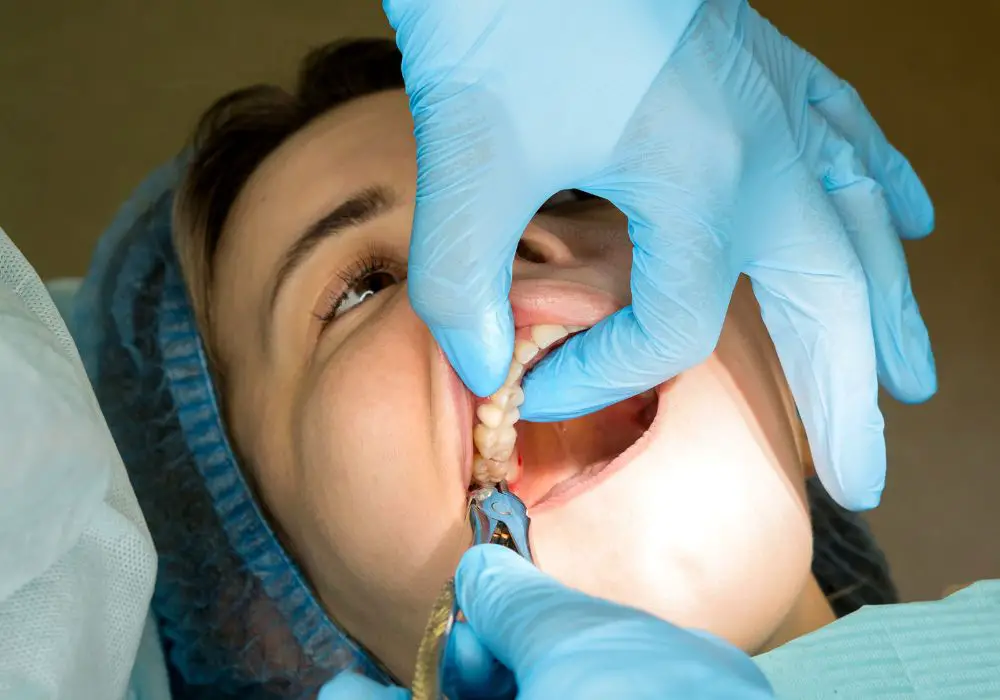
There are several common sources of tooth pain that your dentist may determine require pulling the tooth for relief:
Tooth decay
Tooth decay occurs when plaque, a sticky film containing bacteria, builds up on teeth. The bacteria feeds on leftover food particles and produces acids that erode through the enamel and cause cavities. As the decay works deeper, it can reach the soft inner pulp tissue containing nerves and blood vessels. The inflammation in the pulp is what triggers severe pulpal pain.
As the decay reaches the pulp, bacteria and cell fluids stimulate the nerve fibers, causing spontaneous pain. The increased pressure from built up fluid in the enclosed pulp chamber also results in throbbing pain. If the decay is too deep and extensive into the pulp, the tooth cannot be saved, and extraction is necessary.
Dental abscess
A dental abscess forms when an infection develops and spreads from the tooth pulp chamber to the root and supporting bone structures. The pus that forms contains high levels of bacteria, cell fluids, and toxins that accumulate in a pocket called a perapical abscess. This builds tremendous pressure inside the tooth that manifests as intense, constant pain and throbbing.
Abscesses must be treated immediately since the infection can spread deeper through facial tissues or into the bloodstream. Root canal treatment can sometimes resolve the infection, but severely abscessed teeth often require extraction to completely get rid of the infection.
Periodontal disease
Advanced stages of gum disease can damage the supporting structures around teeth, including the periodontal ligament and alveolar bone. As the disease worsens, it causes severe bone loss, formation of deep periodontal pockets around the tooth, and loosening of teeth in their sockets. This results in increased tooth mobility and sensitivity to any pressure when eating or brushing.
Periodontitis can only be stopped in the early stages through deep cleanings and proper oral hygiene. Once extensive damage is done, extraction is usually necessary to relieve discomfort and ensure the infection does not spread and cause further bone loss in the area.
Dental trauma
Traumatic injuries that cause fractures, cracks or severe chips in the teeth can lead to pulp exposure and inflammation. Cracks below the gumline are very difficult to treat, as crowns cannot seal off the crack out of view. Fractures that extend below the bone level usually require extraction.
Other causes
Other reasons teeth may need to be pulled due to unmanageable pain include pulpal necrosis from trauma, over-orthodontic movement, root resorption, and certain genetic disorders. Extraction may also be required to allow proper positioning for braces or resolve crowding issues.
The tooth extraction procedure
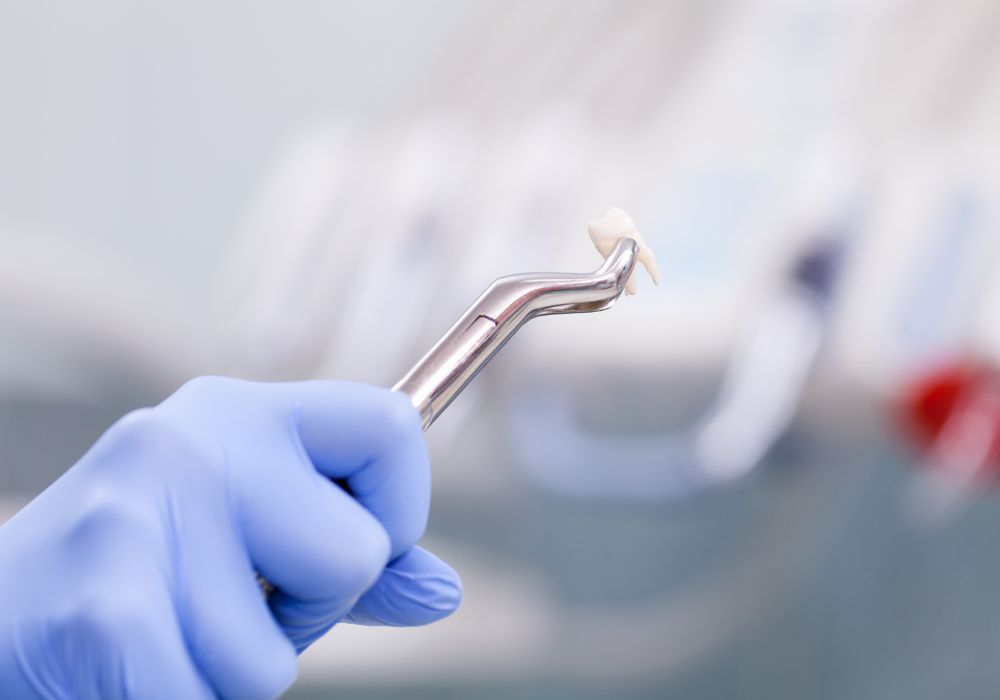
Tooth extractions are common outpatient procedures performed safely and effectively by dentists and oral surgeons. The general protocol includes:
Anesthetizing
The dentist or oral surgeon will administer local anesthesia by delivering lidocaine through injection near the site to fully numb the area for the procedure. In some cases, nitrous oxide may be offered for additional comfort and anxiety reduction during the extraction. This prevents the patient from feeling any pain during the extraction process.
Removing the tooth
Once fully numbed, the dentist will utilize physics and controlled force to completely remove the tooth. First, forceps are used to loosen the tooth in the socket and rock it back and forth carefully to detach the supporting ligament. For teeth that are more difficult to wiggle free, the dentist may need to surgically remove a small amount of bone around the tooth to help loosen it. Finally, the dentist will use sufficient but controlled force to fully dislodge the tooth from the socket while protecting the surrounding bone and other teeth.
Stopping the bleeding
After the tooth is extracted, bleeding will ensue as the blood vessels are now open. The dentist will place folded sterile gauze over the socket and have the patient bite down to apply pressure for at least 20-30 minutes. This helps a clot to form in the socket and stop the majority of active bleeding. The blood clot is a vital part of the healing process for the bone and tissues. The gauze may need to be changed every 20-30 minutes for 1-2 hours until bleeding slows.
Closing the site
For more complicated extractions that result in a larger wound, the dentist may choose to suture the gum tissue closed over the extraction site. This protects the underlying bone and blood clot, and allows the soft tissue to reconnect for proper healing. The sutures may be either resorbable stitches that dissolve on their own in a week or two, or non-resorbable stitches that require removal by the dentist in 5-7 days.
Aftercare and healing process after extractions
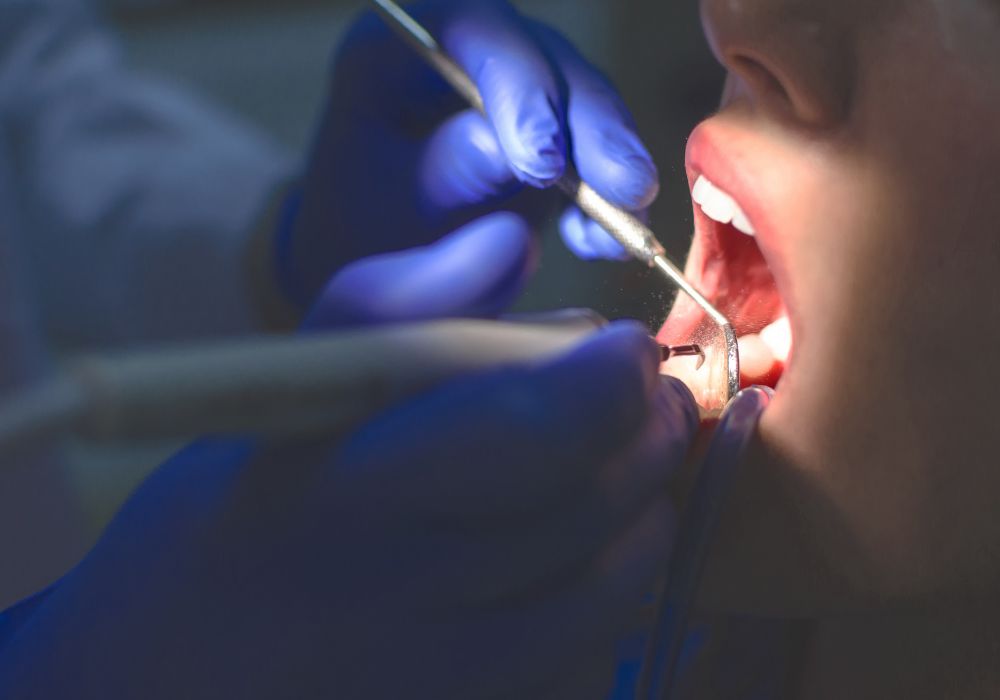
Careful aftercare is crucial after having a tooth extracted to minimize complications and speed healing. Recommended guidelines include:
- Get plenty of rest and avoid strenuous activities for at least 24 hours. Keeping blood pressure lower will reduce bleeding risks.
- Use ice packs on the face near the operated area during the first 24 hours to prevent swelling and inflammation. Cold compresses constrict blood vessels and help minimize bruising.
- Take over-the-counter pain relievers like ibuprofen or acetaminophen for soreness as directed by the dentist. Narcotic prescription pain medicine may sometimes be prescribed for more complex extractions.
- Eat only soft, cold foods for the first 24-48 hours and avoid extremely hot or spicy items. Things like applesauce, pudding, yogurt, ice cream, protein shakes, and smoothies are good choices. Slowly transition to solid foods after a few days.
- Do not drink through a straw, as the sucking motion can dislodge the clot. Avoid swishing vigorously when rinsing for the first day or two as well.
- Gently rinse with warm salt water 2-3 times a day starting the day after surgery to reduce bacteria and food debris. But no brushing, flossing or rinsing near the site for at least 3-4 days until healing progresses.
- Call the dentist if you experience uncontrolled bleeding, worsening pain, pus discharge, nausea/vomiting or high fevers as these may indicate complications. Follow any other instructions provided for your specific case.
With proper precautions, the sockets should heal in approximately 1-2 weeks. For extractions that were more invasive or complex, healing can take several months. The dentist will provide a timeframe for how long to allow for complete healing.
Potential risks and complications
While tooth extraction recovery generally goes smoothly, some common risks and issues to keep in mind include:
- Dry socket (alveolar osteitis) – Ensue when the blood clot at the extraction site fails to form properly or gets dislodged prematurely, exposing the bone and nerves. This typically causes severe throbbing pain that intensifies between days 3-5 once the numbness wears off. Dry socket delays the healing process and requires additional dentist visits to manage the symptoms until the socket closes.
- Infection – While rare, an infection can develop after extraction if bacteria proliferates in the socket and spreads. Antibiotics, oral rinses, and cleaning out debris from the socket usually resolve it. Left untreated, infections can be serious. Signs include fever, chills, foul taste, and pus discharge. Seek treatment promptly if any indications of infection.
- Bleeding – Some minor oozing and pink spit is normal for the first day, but uncontrolled bleeding that is filling the mouth or lasts for hours may signal a complication that needs attention.
- Nerve damage – Lingering numbness or altered sensations after the local anesthetic wears off could indicate nerve involvement. This usually resolves over time as the nerve heals, but permanent damage is possible.
- Sinus involvement – Extracting upper back teeth near the sinus can inadvertently create an opening that permits oral fluids and bacteria to enter the sinus cavity. This rare complication may require additional procedures to disinfect and seal the sinus.
- Bone spicule formation – Occasionally small, sharp fragments of bone can work themselves through the gums during initial healing. These bone spicules are easily removed by the dentist.
- Other risks – Adverse reactions or complications from anesthesia or other prescribed medications are infrequent but possible.
FAQs about tooth extractions
How long does pain last after a tooth extraction?
Having some level of discomfort for 3-5 days after an extraction is normal, but severe pain that increases after the first day can signal potential complications. Use over-the-counter pain medication as directed by your dentist to keep pain controlled, and avoid touching the area with your tongue or fingers. Contact your dentist if the pain does not steadily improve after a few days.
Are there alternatives to getting a tooth pulled?
Depending on the cause, your dentist may be able to save a painful tooth with treatments like root canal, crown placement, periodontal surgery, or antibiotics for an infection. But once there is too much structural damage or advanced decay, extraction is usually the only option. Always get your dentist’s opinion on whether alternatives exist before consenting to tooth removal.
How should you sleep after a tooth extraction?
Sleeping immediately after the procedure is helpful to allow your body to rest and recuperate. Sleep with your head slightly elevated on pillows to minimize swelling. Side sleeping is best to avoid putting any pressure on the operated area. Place a towel on your pillow to avoid staining if minor bleeding continues overnight.
Can dentures be placed immediately after extractions?
Immediate dentures can only be placed if there are still other teeth left to support the denture base. If all teeth are being extracted, the dentist must wait 8-12 weeks for complete healing before impressions can be taken for conventional dentures. Some patients may opt for a temporary partial denture to fill gaps while healing progresses.
How expensive is it to get a tooth pulled?
Costs vary based on the type of extraction, your dental insurance coverage, and geographic location, but average between $75-$600 per tooth without insurance. Simple extractions of teeth visible in the mouth are on the lower end, while impacted wisdom teeth that require surgical extraction and stitches are more expensive.
Conclusion
Severely damaged teeth causing constant throbbing pain or teeth that cannot be repaired with other treatments may require extraction for relief. The dentist will numb the area before using forceps to loosen and remove the affected tooth. Bleeding is controlled by biting on gauze. With proper aftercare like rest, ice, soft foods diet, and oral hygiene, sockets typically heal within a couple weeks. While extractions are routine, possible complications include dry socket, infections, nerve damage, and sinus issues. Overall, tooth extraction can provide prompt relief of tooth pain when deemed necessary by your dentist.


